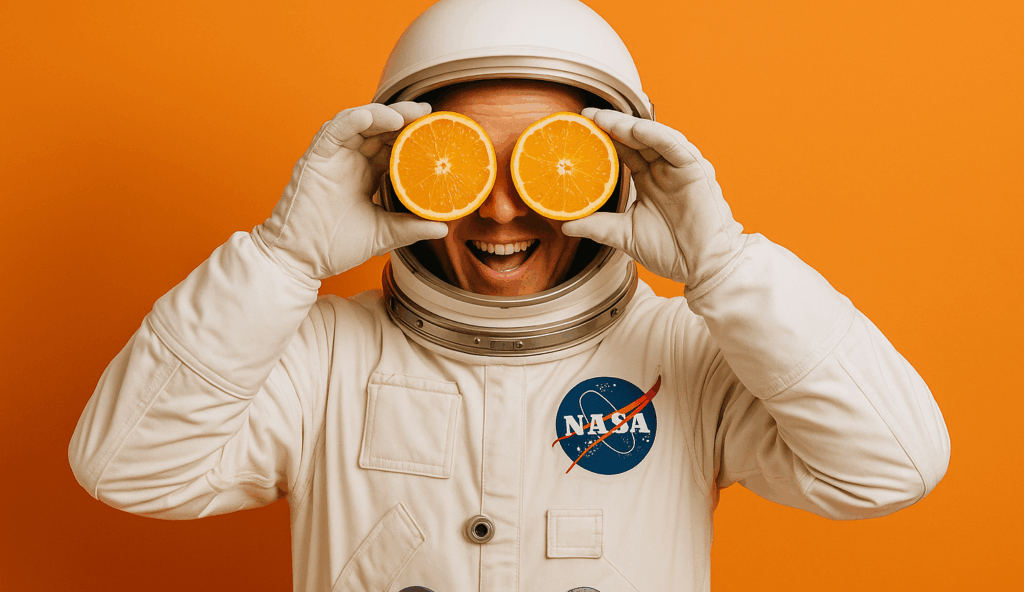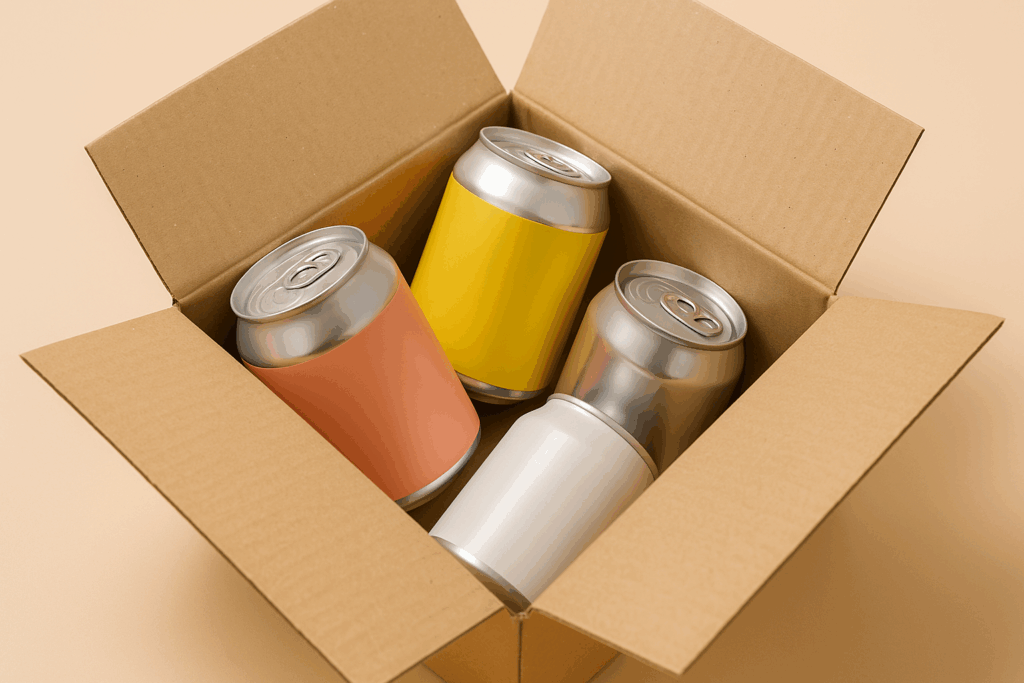In 2025, the consumer packaged goods (CPG) market is in a rapid change which is shaped by shifting consumer expectations and evolving business models. Key CPG Industry Trends 2025 highlight the importance of flexibility, innovation and stronger customer relationships. This blog highlights 5 major trends redefining how products are produced, marketed and consumed.
1. AI-Powered Personalization
Generative AI is transforming how CPG brands deliver a truly personalized experience in 2025. AI is reshaping every touchpoint from the way customers discover products to how they interact and make purchasing decisions.
Today, generative AI enables real-time customization once reserved for service industries. Brands can now adjust pricing dynamically, tailor packaging to regional preferences and create individualized promotions based on consumer behavior. These capabilities not only improve engagement but also strengthen customer loyalty.
AI-driven personalization is no longer just a marketing strategy but it’s becoming a core driver of competitive advantage. Forward-thinking CPG brands are expanding their use across customer support, supply chain forecasting and product development. The more integrated the data, the more powerful and resilient the entire value chain becomes.
2. Sustainable Packaging
For CPG brands, sustainable packaging is now a central component in building trust and shaping the customer experience. As highlighted in CPG sustainability beyond packaging, the most forward-thinking brands are moving past simple material swaps and reimagining packaging as a strategic asset.
Leading brands like PepsiCo are moving beyond simple material swaps and reimagining packaging as a strategic asset. Packaging is becoming a storytelling tool, a logistics enhancer and a symbol of circularity. Innovations such as reusable pods, carbon-neutral inks, biodegradable films and packaging-as-a-service models are rapidly gaining attention.
When sustainability claims don’t align with a product’s shelf presence, consumers notice and call brands out, making authenticity important. Transparency is becoming the standard, with QR codes in packaging that track carbon savings or map a package’s full lifecycle, offering consumers tangible proof.
3. Direct-to-Consumer 3.0
Direct-to-consumer (DTC) brands once disrupted the CPG industry with bold ideas and heavy venture capital support. But today, with rising customer acquisition costs, less funding and stronger competition from established brands, that approach is no longer enough. The next phase which is DTC 3.0 is about building smarter and more sustainable business strategy centered on hybrid commerce, community and consumer-first innovation.
This evolution is closely tied to consumer confidence, consumer demand and consumers expectations. Leading brands are blending online and offline channels to create seamless shopping experiences that add value beyond what e-commerce alone can offer. Mondelez, for example, plans for 20% of its sales to come from DTC by 2030, showing how critical this approach has become to long-term growth.
DTC 3.0 also emphasizes personalization and community-driven strategies powered by new technologies like Web3. Instead of chasing rapid growth with venture capital, brands are focusing on a leaner and self-funded framework that builds customer loyalty. Tools like NFTs, micro-influencer partnerships and affiliate programs are being used to strengthen relationships and trust.
4. Health, Functionality, and the “Do More” Product Era
Modern consumers are no longer just buying snacks or beverages, they’re buying results like better sleep, sharper focus or reduced stress. This shift in behavior has driven the rise of functional additives across the CPG industry.
Wellness-driven innovation is now visible in every category from protein-packed cereals to immunity-boosting drinks like Factor’s Immunity Bundle. What’s driving this change is the merging of food, beverage and wellness into a single and holistic ecosystem.
If your brand hasn’t moved in this direction yet, now is the time. Consider creating goal-based product bundles, collaborating with wellness-focused brands or launching limited-edition functional SKUs to meet this rising demand.
5. Retail Media Networks Are the New Battleground
Retail Media Networks (RMNs) have become the fastest-growing advertising channel in the CPG industry. Platforms like Amazon Ads, Walmart Connect, Instacart Ads and Kroger Precision Marketing give brands direct access to first-party data at the point of purchase.
Unlike traditional search or display ads, RMNs deliver personalized product recommendations, promotions and messages at the exact moment consumers are ready to buy. This precision allows brands to test new pricing strategies, improve targeting and capture incremental sales during high-intent shopping moments.
For example, Unilever has increased its RMN investment by 50% in 2024 which drives higher conversion rates across multiple categories online and in-store. Smaller brands are using the same tools to refine packaging, optimize campaigns and compete for market share without overspending.
For CPG brands, RMNs are no longer optional but a strategic necessity for maintaining visibility, driving growth and staying competitive on the digital shelf.
Future-Proofing Your Brand: CPG Industry Trends in 2025
In 2025, the most successful CPG brands will be those that look beyond individual products and shape every consumer touchpoint. Emerging CPG industry trends in 2025 from AI-driven personalization to functional innovation and the rise of digital retail are setting the stage for lasting transformation rather than short-lived shifts.
For CPG brands, the challenge is to move decisively while planning for the long term. Acting with speed and strategy while aligning innovation with operations will determine which brands set the pace. Whether it’s launching a new product line or rethinking established practices, 2025 is the year to lead rather than follow.





